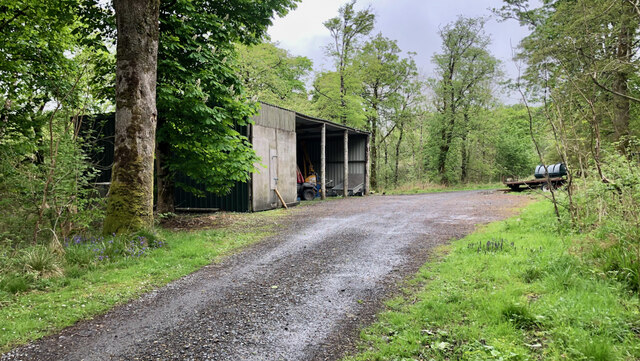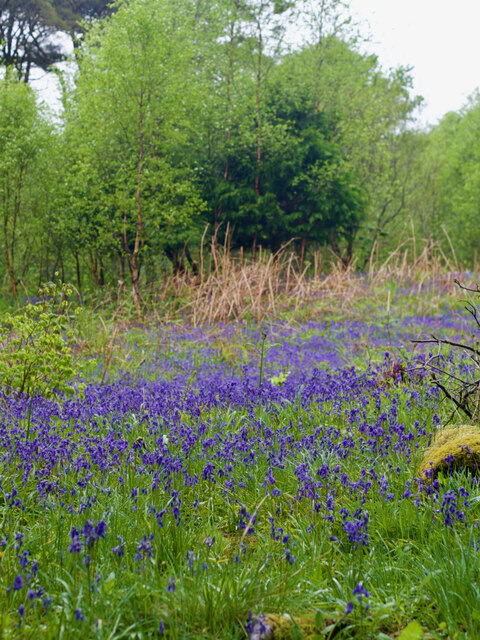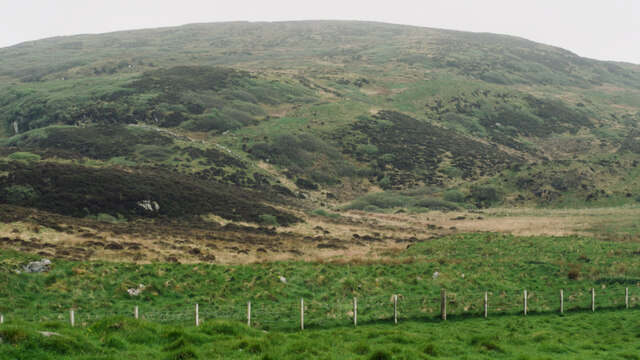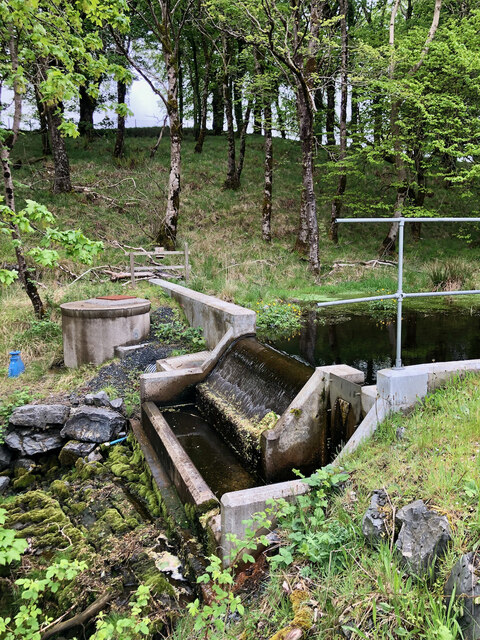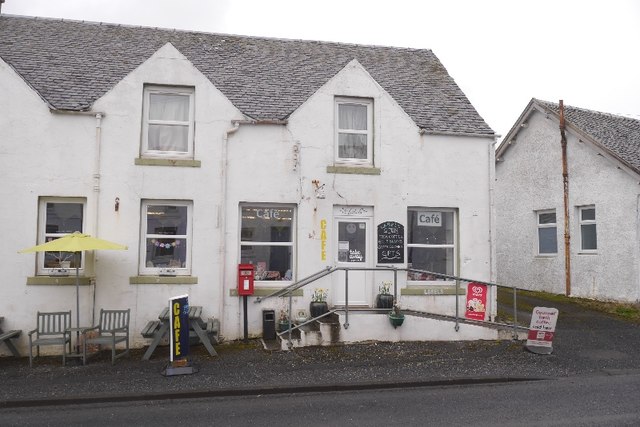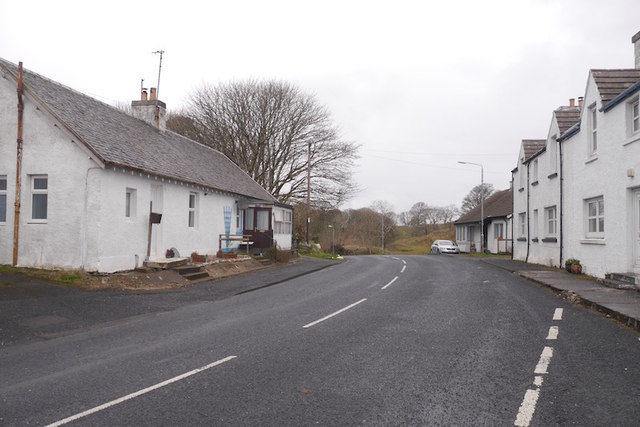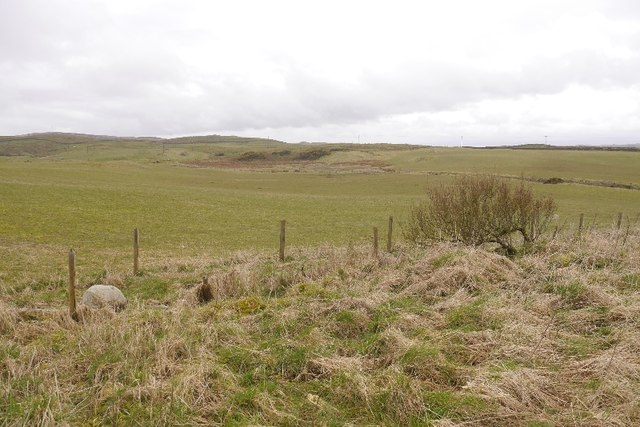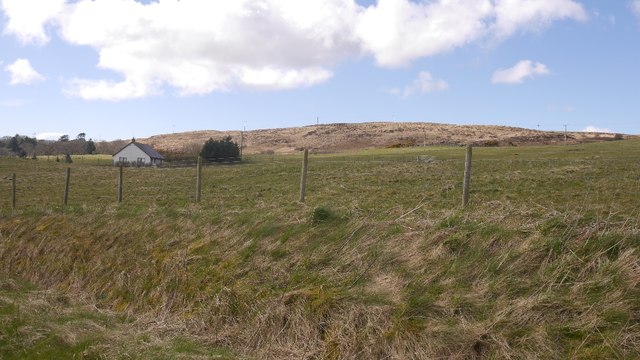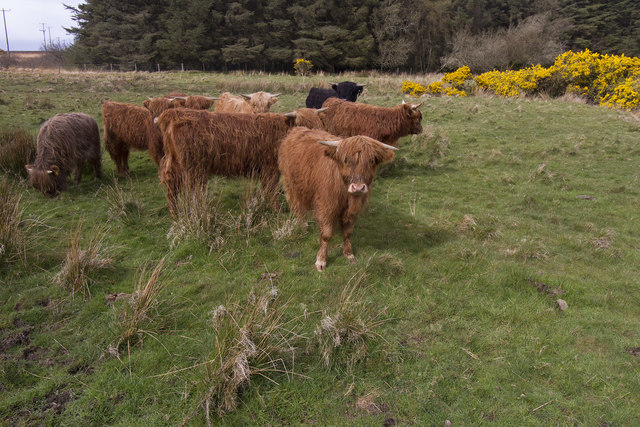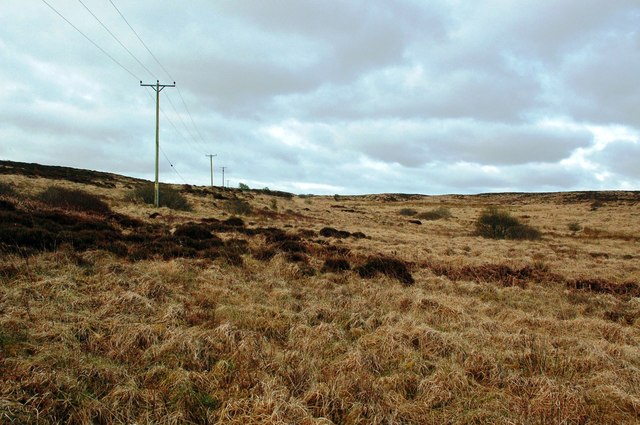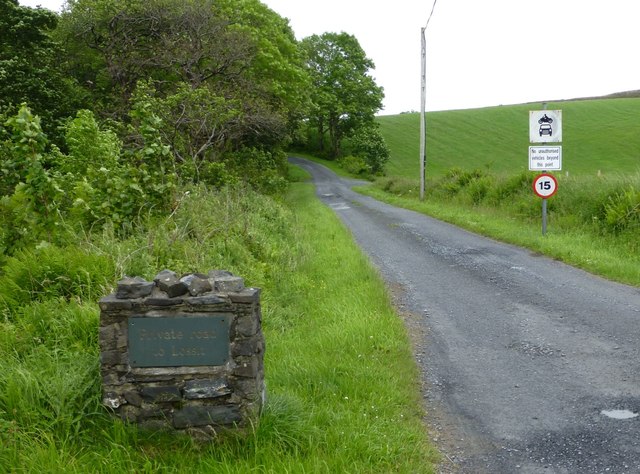Loch nan Cadhan
Lake, Pool, Pond, Freshwater Marsh in Argyllshire
Scotland
Loch nan Cadhan
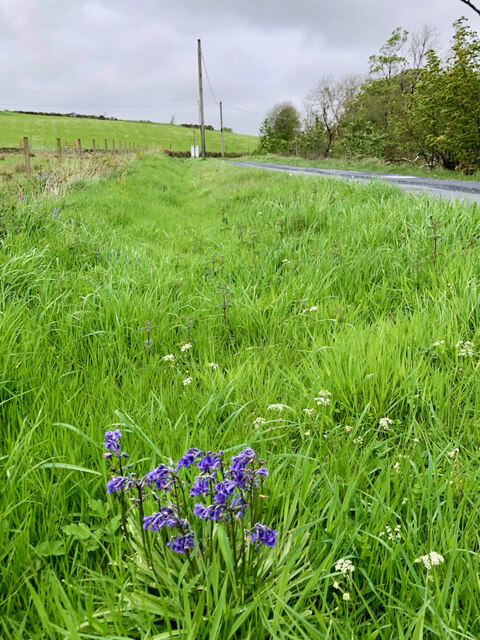
Loch nan Cadhan, located in Argyllshire, Scotland, is a picturesque freshwater body that can be classified as a lake or a loch. This serene water feature is nestled amidst the stunning natural beauty of the region, surrounded by rolling hills and lush greenery.
With a surface area of approximately [insert size], Loch nan Cadhan is a relatively small yet enchanting water body. It is fed by several small streams and springs that flow down from the nearby hills, ensuring a constant supply of fresh water. The lake is also home to an array of aquatic flora and fauna, making it a haven for nature enthusiasts and wildlife lovers alike.
The tranquil waters of Loch nan Cadhan provide an ideal habitat for various species of fish, including trout and salmon. Anglers are often drawn to the lake for its abundant fishing opportunities. Additionally, the lake's calm and clear waters offer a perfect setting for water sports such as kayaking and canoeing, attracting outdoor enthusiasts seeking a thrilling adventure.
Surrounding the lake, there is a freshwater marsh that serves as a vital ecosystem for many wetland species. This marshland features a diverse range of plant life, including reeds, sedges, and water lilies. It provides a nesting ground for numerous bird species, including ducks, swans, and herons, making it a popular spot for birdwatching.
Overall, Loch nan Cadhan is a hidden gem in the heart of Argyllshire, offering a tranquil escape and a chance to immerse oneself in the beauty of Scotland's natural landscapes. Whether it's fishing, birdwatching, or simply enjoying the serenity of the surroundings, this freshwater lake has something to offer for everyone.
If you have any feedback on the listing, please let us know in the comments section below.
Loch nan Cadhan Images
Images are sourced within 2km of 55.824512/-6.1455674 or Grid Reference NR4066. Thanks to Geograph Open Source API. All images are credited.
![Site of 18th-century illicit distillery Not quite sure exactly which building but recorded on Canmore.org.uk. Islay, Ballygrant | Canmore. Available online at: <span class="nowrap"><a title="https://canmore.org.uk/site/79738/islay-ballygrant" rel="nofollow ugc noopener" href="https://canmore.org.uk/site/79738/islay-ballygrant">Link</a><img style="margin-left:2px;" alt="External link" title="External link - shift click to open in new window" src="https://s1.geograph.org.uk/img/external.png" width="10" height="10"/></span> [Accessed 29 May 2022].](https://s1.geograph.org.uk/geophotos/07/18/55/7185505_6f6f6b11.jpg)
![Building (Period Unassigned) Not sure is recorded for this pair of ruins. For further info. see Canmore.org.uk. Islay, Kilslevan | Canmore. Available online at: <span class="nowrap"><a title="https://canmore.org.uk/site/155645/islay-kilslevan" rel="nofollow ugc noopener" href="https://canmore.org.uk/site/155645/islay-kilslevan">Link</a><img style="margin-left:2px;" alt="External link" title="External link - shift click to open in new window" src="https://s1.geograph.org.uk/img/external.png" width="10" height="10"/></span> [Accessed 29 May 2022].](https://s1.geograph.org.uk/geophotos/07/18/55/7185525_f2eb2f38.jpg)
![Building (Period Unassigned) Not sure is recorded for this pair of ruins. For further info. see Canmore.org.uk. Islay, Kilslevan | Canmore. Available online at: <span class="nowrap"><a title="https://canmore.org.uk/site/155645/islay-kilslevan" rel="nofollow ugc noopener" href="https://canmore.org.uk/site/155645/islay-kilslevan">Link</a><img style="margin-left:2px;" alt="External link" title="External link - shift click to open in new window" src="https://s1.geograph.org.uk/img/external.png" width="10" height="10"/></span> [Accessed 29 May 2022].](https://s2.geograph.org.uk/geophotos/07/18/55/7185538_ab35b0f3.jpg)
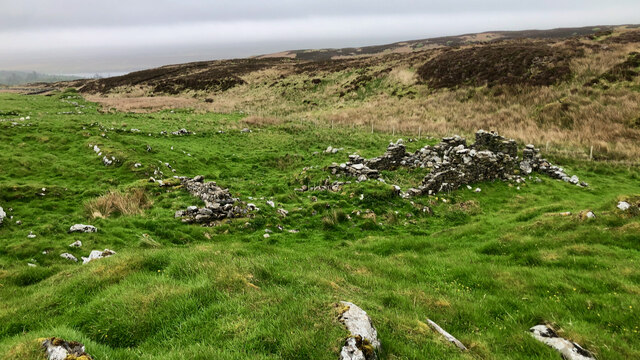
Loch nan Cadhan is located at Grid Ref: NR4066 (Lat: 55.824512, Lng: -6.1455674)
Unitary Authority: Argyll and Bute
Police Authority: Argyll and West Dunbartonshire
What 3 Words
///mammals.additives.exploring. Near Ballygrant, Argyll & Bute
Nearby Locations
Related Wikis
Ballygrant
Ballygrant (Scottish Gaelic: Baile a' Ghràna) is a small village on the Inner Hebrides island of Islay of the western coast of Scotland. The village is...
Finlaggan
Finlaggan (NR 388 680, Scottish Gaelic: Port an Eilein) is a historic site on Eilean Mòr in Loch Finlaggan. The Loch, the island, and Finlaggan Castle...
Dun Guaidhre
Dun Guaidhre, also known as Dùn Ghùaidhre, is an Iron Age fort southwest of Kilmeny, Islay, Scotland. It is protected as a scheduled monument.Local tradition...
Dunlossit House
Dunlossit House is a Category C listed country house near Port Askaig, Islay in the county of Argyll, in western Scotland.. == History and architecture... ==
Nearby Amenities
Located within 500m of 55.824512,-6.1455674Have you been to Loch nan Cadhan?
Leave your review of Loch nan Cadhan below (or comments, questions and feedback).
